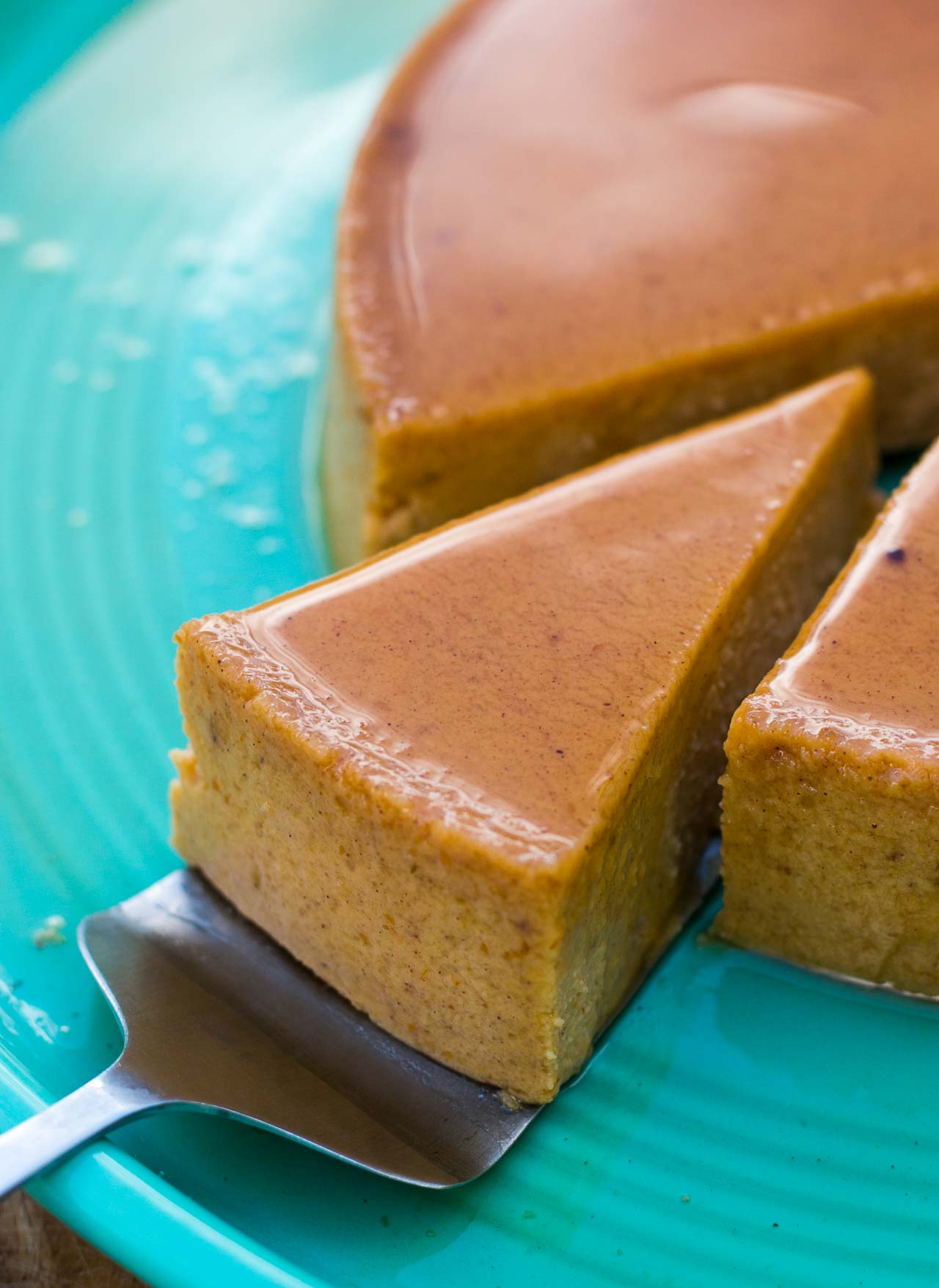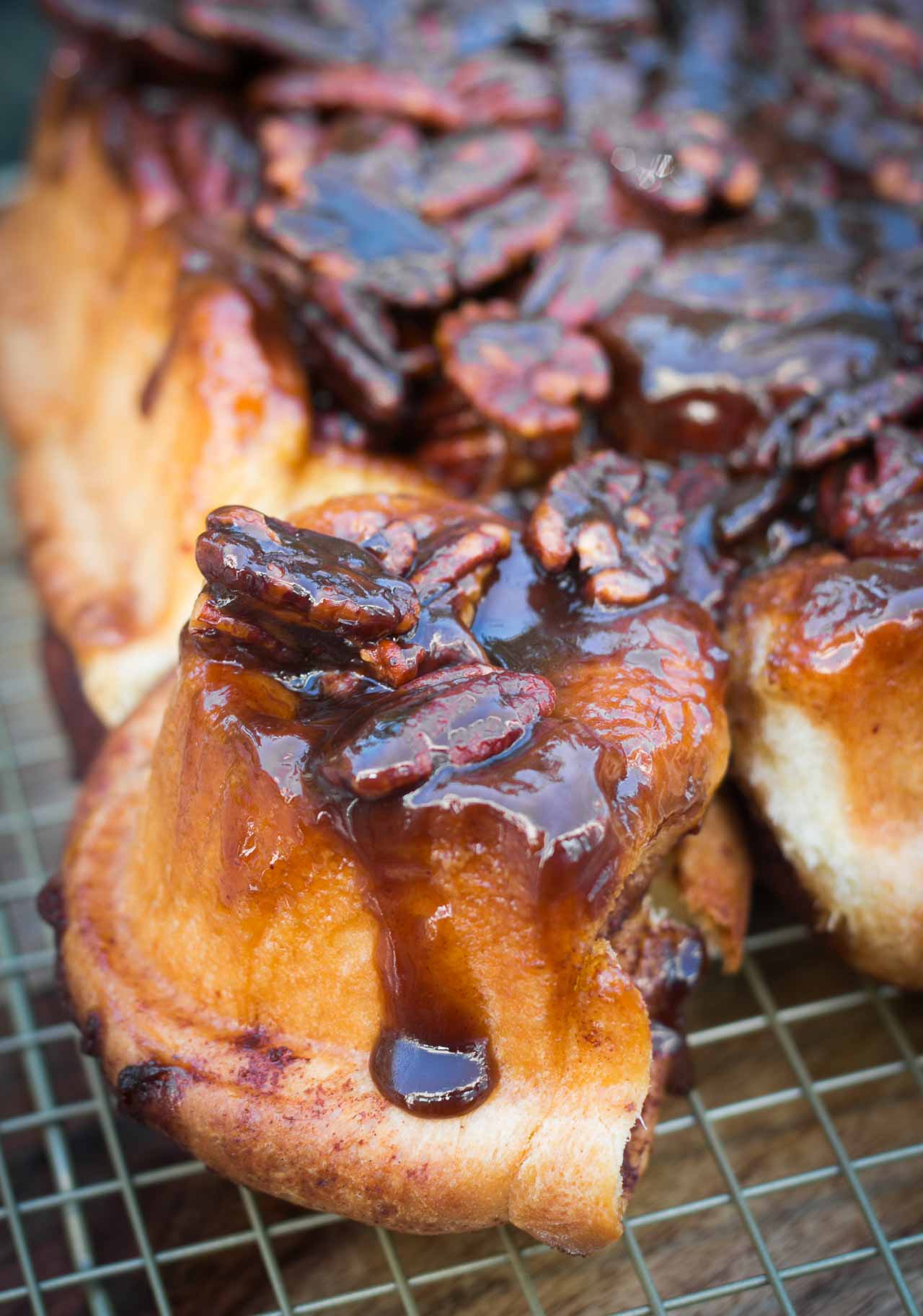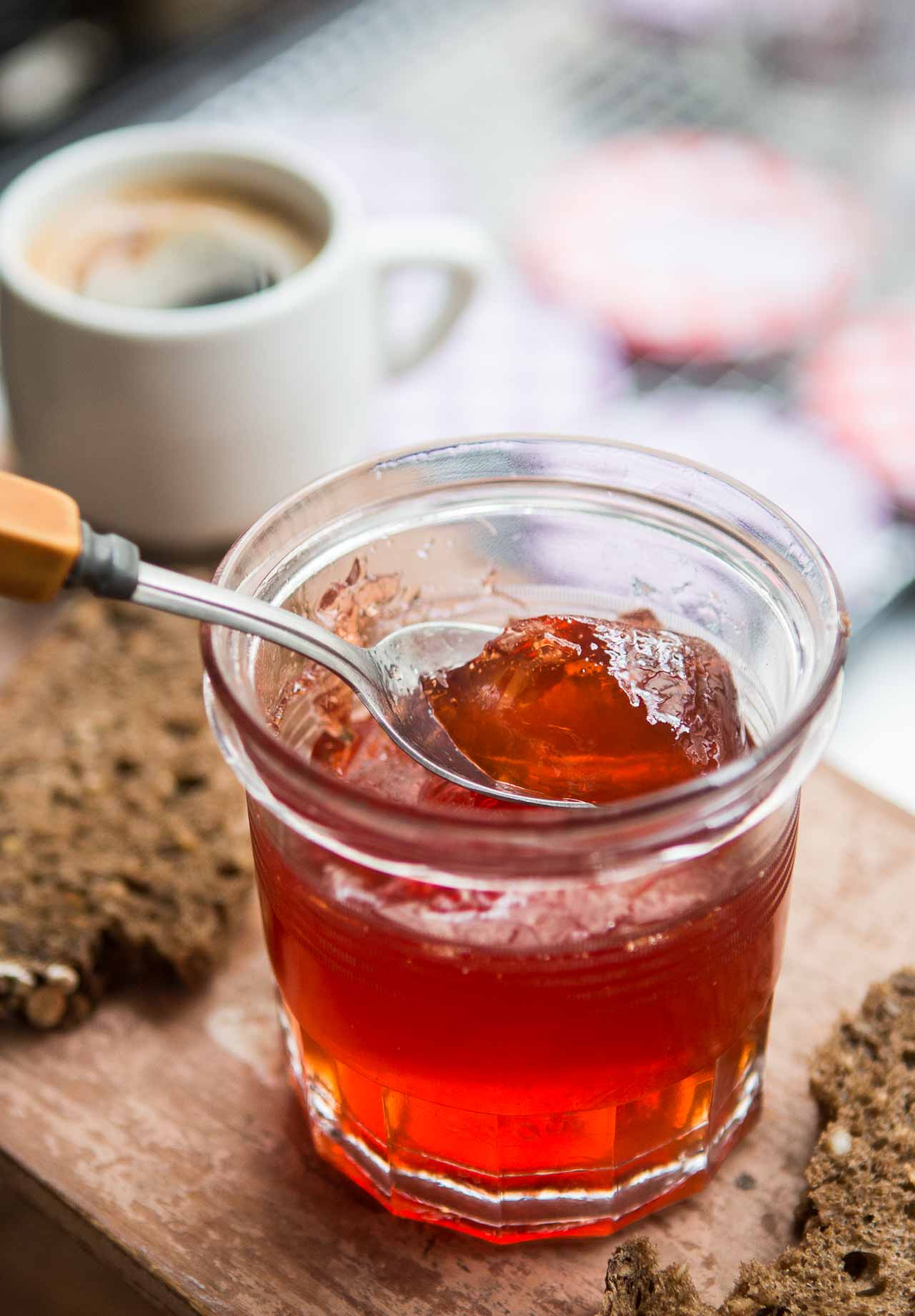Verrines: Eating My Words?
You might recall I recently posted the question: Is American Food Better Than French?*

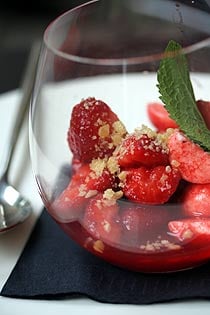
There were some very thoughtful comments on both sides of the piece de monnie, but in the post I laid a bit of blame on the French zeal for creating trendy food at the expense of sourcing local, fresh, and seasonal ingredients and I picked on les verrines as a current example. Like crème brûlée and warm individual chocolate cakes, which are both fine desserts, les verrines have become a cliché and you even can find them, for your convenience, in the frozen food section at your local supermarket here in France.
But after a recent lunch at Minipalais, Louisa, my dining companion asked (as I was wolfing one down) something to the effect of, “So who doesn’t like verrines now?”
Indeed these were better than most, although not necessarily verrines, but individual courses served in glasses.
Got that?
Chef Gilles Choukroun (follow link ayor…why not the theme from Rocky, dude?), who is part of Générations.C, or the ‘Cornered Generation’; a group of young French chefs on a mission to ‘open up’ French cuisine to new ideas. He created these first courses and desserts for this temporary restaurant in the Grand Palais, which is only open for the next six months.
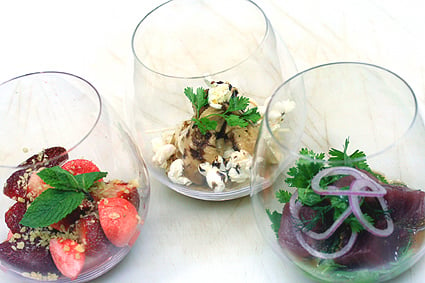
Here’s what was in nos verrines, with ratings…
First Courses:
Celery in mustard sauce with foie gras, popcorn and caramel balsamic: Good, but we both agreed the artfully-curled foie gras could have been a lot tastier and would have made this verrine a hit.
5/10
Raw tuna cubes with oranges and salt, salad of fresh herbs and pimente d’Espelette: I didn’t taste any orange but this was excellent. Nice cubes of fresh tuna and a lively ‘salad’ of fresh herbs including chervil and flat-leaf parsley.
9/10
Leeks with red onions and curry vinaiagrette: I don’t remember anything about this one.
Someone revoke my journalist/blogger card…
(no rating)
Desserts:
Salad of red strawberries with pop-rocks and Tagada (store-bought strawberry-flavored marshmallows, which reportedly is the most popular candy in France): Fun! Although ‘tagada’ have become a bit trendy—I recently was served a custard with one melted into the top. Yuck. In this dessert, the strawberries were excellent and red all the way through, as promised, and the pop-rocks were fun although they kept hitting the side of the glass which I kept thinking was cracking and kind of freaked me out. Still I overcame my fears and polished it off.
8.1/10
Lemon ‘tart’: This verrine was composed of a billowy-soft lemon cream with buttery crumbled cookies and tart dough scattered around. Not the most inventive thing I’ve had (it would have been more interesting with some lime or raspberry jelly, crispy slices of cassonade-soaked dried figs, or something like that), but I scraped it up nevertheless.
Lemme in the kitchen!…to work on this one.
7/10
Citrus with rose and pistachios: Inexplicably, in July, a dessert made with sections of grapefruit and oranges? Refreshing but in the midst of the barrage of summer fruits, why not use peaches, nectarines, plums, apricots, or fresh berries?
5/10
I did appreciate the creativity that went into them (and how do they keep their glassware so sparkling clean?) Some were successful and others less so. But I couldn’t help but think that it would be fun to work on these ideas a bit more and incorporate truly seasonal ingredients into the mix. The brightness of chervil, the tang of lemon, and the crunch of popcorn and pop-rocks are certainly whimsical and intriguing tastes and sensations, but I was impressed by their beauty and simplicity and the way the concept of the verrine forces the diner to focus on the flavors, textures, and interplay of ingredients assembled in the glass.
So I’ve had to re-think my aversion to les verrines. I’m still not entirely convinced, but I’m keeping an open mind.
And stomach.
Minipalais
Avenue Winston Churchill (8th)
Tél: 01 42 56 42 42
Open daily.
Each verrine costs between 6 and 8€.
(For some reason, even though the restaurant is only open for six months, the web site isn’t up and running. Hurry up, folks! Minipalais is located on the corner of the Grand Palais, the side facing the Seine.)
*I just finished reading an excellent book, The Perfectionist: Life and Death in Haute Cuisine by Rudolph Chelminsky about the life and death of Bernard Loiseau, the chef who worked furiously all his life, driven to achieve what some consider the pinnacle of success: three Michelin stars. Once he got them, his obsessive-compulsiveness got the best of him and unable to overcome his slavish insistence on perfection he committed suicide in 2003, which stunned France.
I wasn’t certain I’d like the book as much as I did, since I knew little about the man and his cooking prior to reading it. And to be honest, I’m not all that interested in haute cuisine and all the gossip and hype that’s built up around it. But his story prompted much of my re-thinking about the state of cooking in France today.
Part of the premise was that he killed himself because his style of by-the-book classical cooking had fallen out of favor and he feared he was losing his third Michelin star, which was unfounded—although another dining guide, Gault-Millau, took him down a few points which devastated him to the point of clinical depression.
Loiseau was unable (or unwilling) to change his style of cooking and to keep up with the upcoming trends during the 90’s, like fusion-cooking and cuisine tendance, which promoted creativity and embraced global ingredients over the emphasis on classical techniques and preparations. It was something he simply was unable to cope with and as he watched his restaurant and style of cooking begin to lose its relevance and luster he fell into a deep depression which led to his suicide.
Some of the new cooking here in France is indeed borrowed from other cultures (sometimes with good results but not always…) and dining has became less about perfectly-executed sauces and sourcing regional ingredients and more about surprising guests with something new and unexpected.
“Étonne-moi!”, as the author says, which became the name of the game…and perhaps explains the motivation behind much of modern French cuisine. For better or worse.







